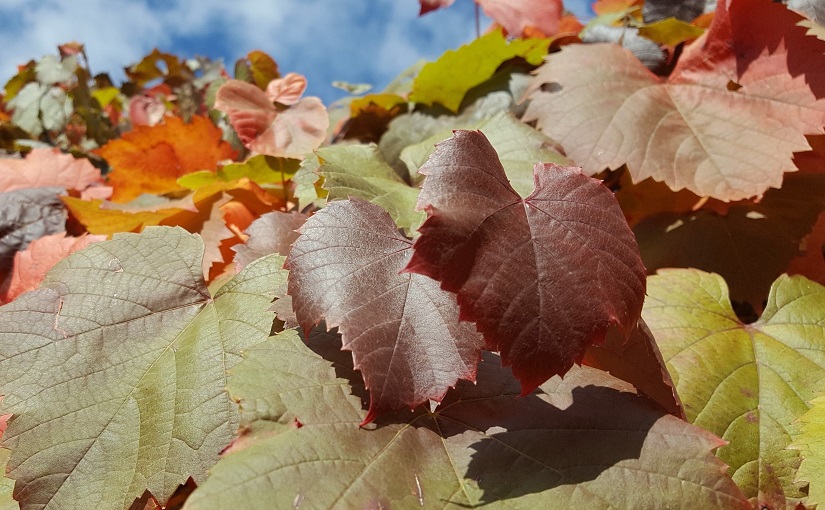What’s the difference when we participate in something as opposed to observing it? One’s obviously more active, as we’re placing ourselves into an experience; the other, more a sense of sitting back to take things in. This watching, deconstructing and passing judgement, however, seems one of the main hallmarks of modern cultural experiences.
Rather than taking part in all these activities – singing, dancing, acting, movement, creativity – we’re, more often than not, watching them. It’s clearly enjoyable watching others take risks, learn new things and demonstrate what’s possible. But it can’t be the same as experiencing them ourselves.
Which comes back to basic questions around culture: is this about performance or participation? Should only those who are the best at something attempt it? Is this human activity something that can only be done at the peak of perfection, or is there also value in our stumbling attempts to get to grips with it all?
Isn’t culture – art, in general – about perception, expression, balance, gesture, interaction, intention? Isn’t this about creativity, about what we see and understand then what we add? Also, the social connection of where all this activity “sits” within society: the conversations it sparks; structure it provides; rhythms of anticipation and retrospective enjoyment (Notes One).
That, as ever, tended a little toward idealism, but my point was to try and fathom the reality of what all this actually “means” for us as individuals and a community: what function does culture serve and what’s our involvement in fulfilling that function? If we’re tending toward sitting back, picking apart those who’ve pushed themselves forward, surely that’s quite a Colosseum approach to cultural life?
Although, maybe that’s fine? It simply is what it is: culture as collective observation. We’re watching the shows that are put on, enjoying and discussing all the ways they’re depicting our lives and the potential of human experience. But that’s presumably only one half of culture? The other being that more active participation in the social life of community: dances, games, festivals, sports, theatre, etc.
Didn’t it used to be that culture was more involved? Not just sitting alone in our rooms or alone among the crowds on buses listening through our earphones. Didn’t people used to “go” to shows and events within the local community, meeting people and taking part in shared activities? Not just luxury high-end culture, but run-of-the-mill moments within any given town.
It just seems we’ve drifted into quite an isolated, passive existence. Perhaps, largely, due to the facilitation of technology? It’s made all these things possible; often editing out the inconvenience or burden of actually trying to achieve things alongside others. In so many ways, it’s making our lives easier while cutting us off from the nourishment and joy of human connection (Notes Two).
Figuring out how we might be able to graft back in the kinds of activities that used to serve this purpose seems interesting; as it’s perhaps not so compatible with the more heartless scrutiny that’s been taking its place.
Notes and References:
Note 1: Reference points for how we’re living
Note 1: Missing something with modern culture?
Note 1: The creativity of living
Note 2: The potential of technology
Note 2: Cultural shifts & taking a backseat
Note 2: Technology as a partial reality
Note 2: Patience with the pace of change

